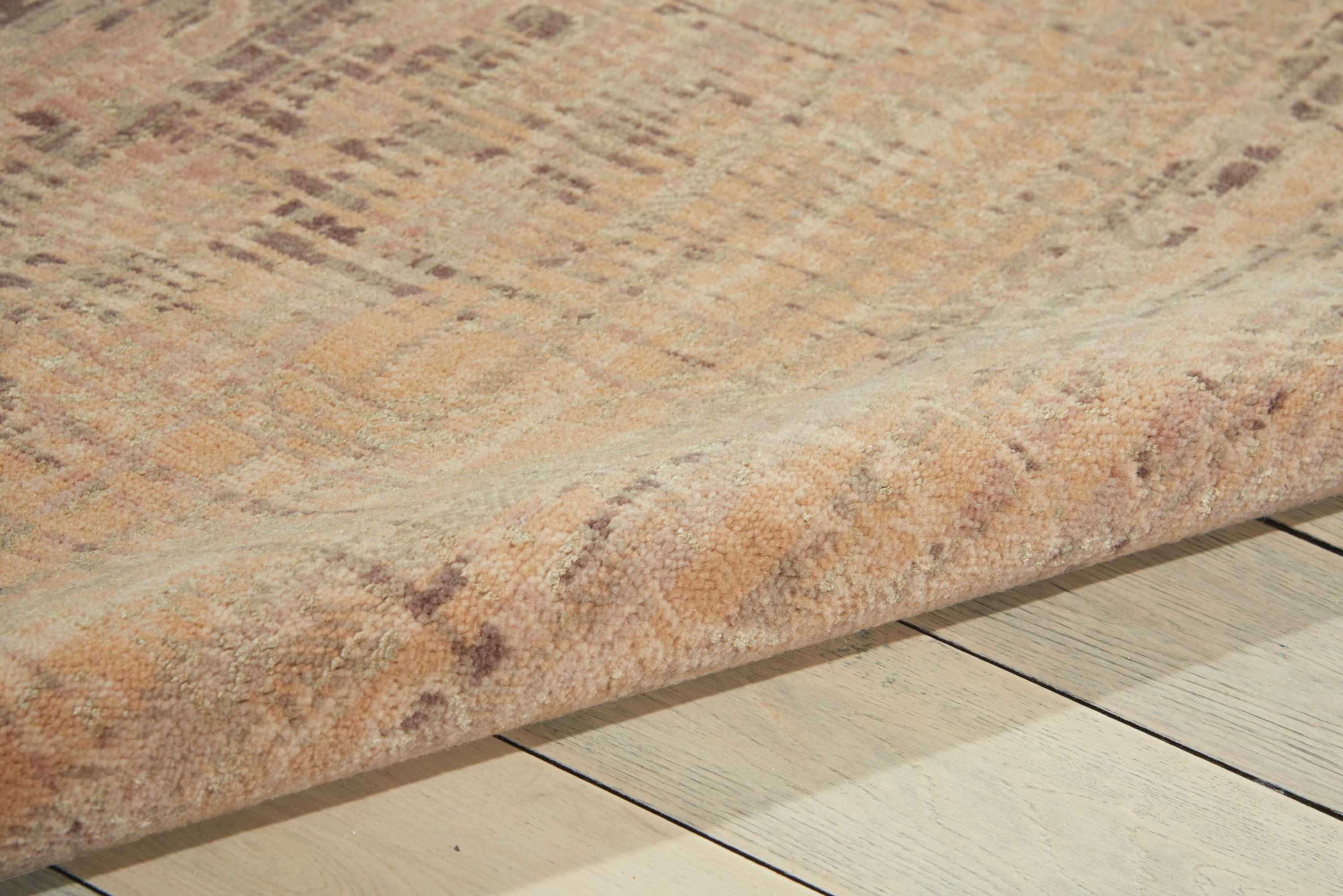


Depending on the desired thickness of the yarn, the fibers from one or more cocoons can be combined to form one thread. After unwinding, the long strands of silk are spun together to form a thread, which can be used in the manufacturing of silk fabrics. The cocoons are softened either by soaking them in hot water or by steaming them. First, we have to soften the cocoons and sift out defective ones. We can extract silk fibers by unwinding the cocoons. – Wallace Stevens, American Pulitzer Prize for Poetry recipient The poet makes silk dresses out of worms. To put that into perspective, that’s about five times the length of the Eiffel Tower! However, a silk fiber can measure up to 1600 meters in length. On average, a strand of silk from a cocoon ranges anywhere between 300 to 900 meters long. These cocoons are each made of one long silk fiber that the larvae produce using their saliva. The larvae make cocoons to grow in before they pupate and emerge as moths.

To be even more specific, silk fibers are found in the cocoons of these moth larvae. While many insects are capable of producing silk, the silk we are most familiar with is made by the larvae of moths, also known as caterpillars. Natural means that it is derived from animals, such as moths, spiders, and even a type of clam. Technically speaking, silk does not refer to a fabric, but to the silk fibers that are used to make these fabrics. When we hear the word ‘silk’, we often think of smooth and shiny silk fabrics. What is this popular saying based on? What exactly is silk made of, and why is it so shiny and smooth? These are the core questions we answer in this article. When you think of silk, the saying ‘smooth as silk’ may come to mind.


 0 kommentar(er)
0 kommentar(er)
